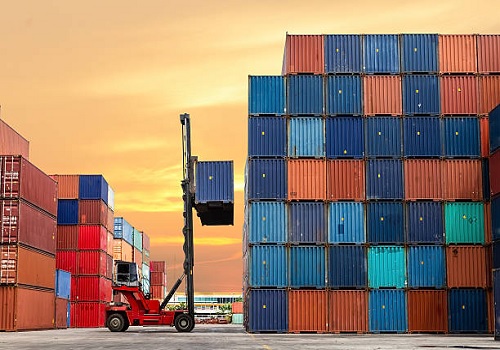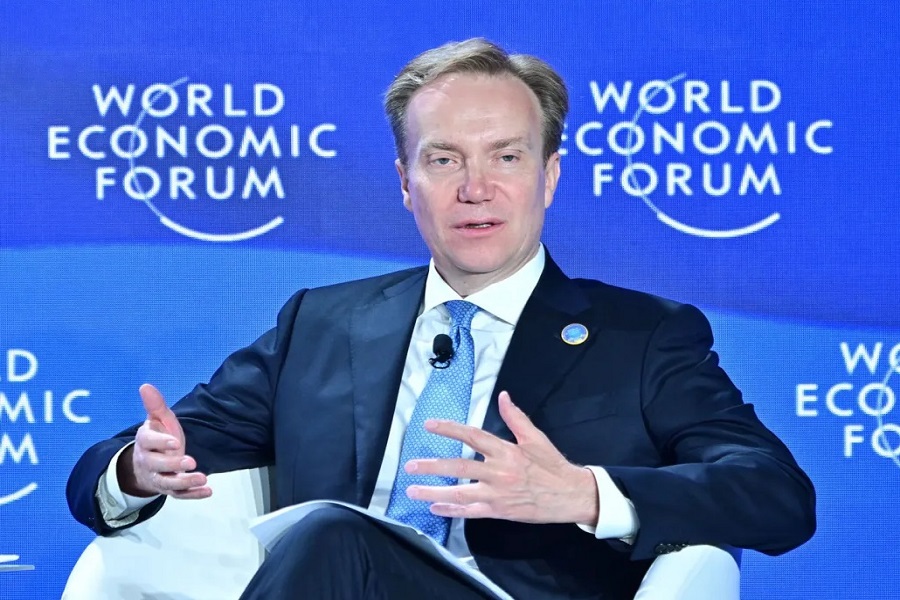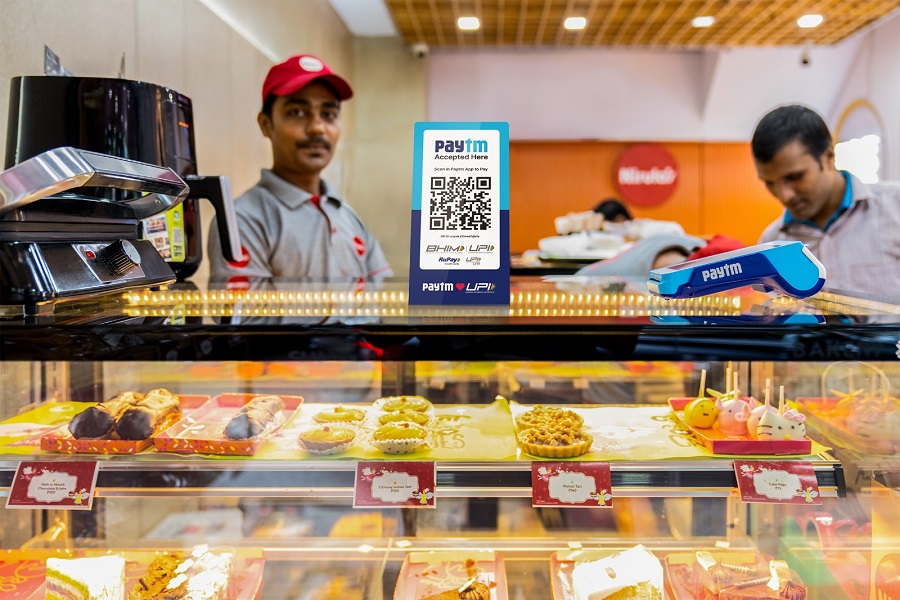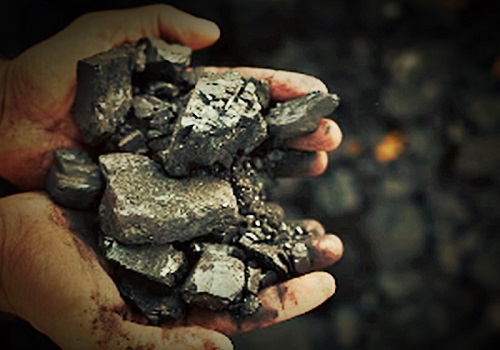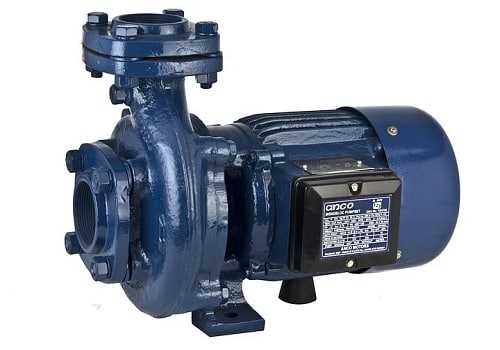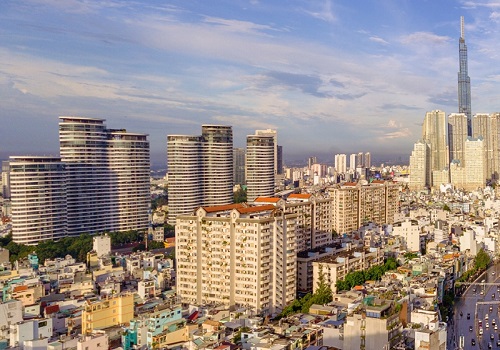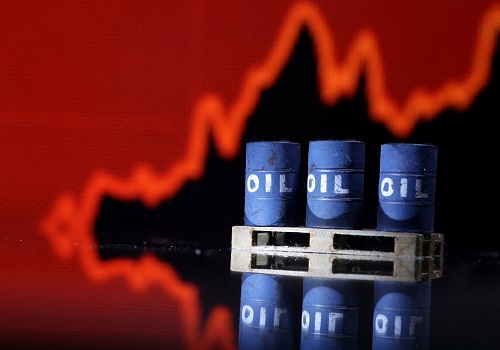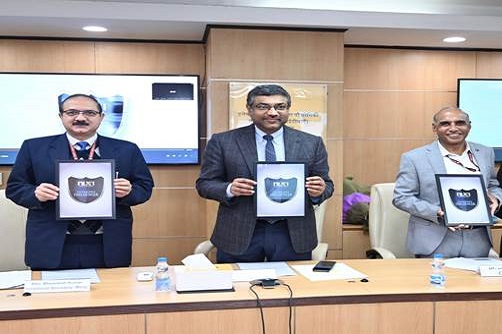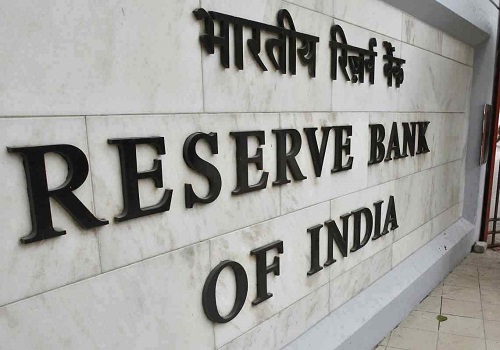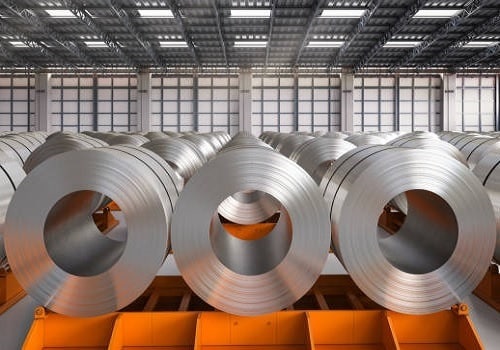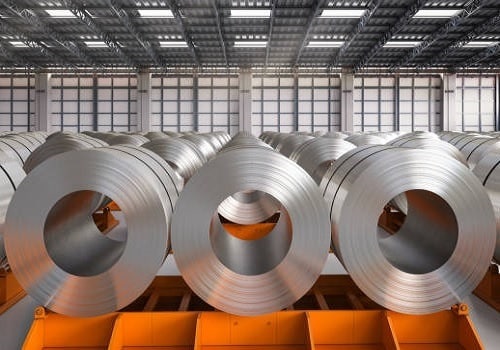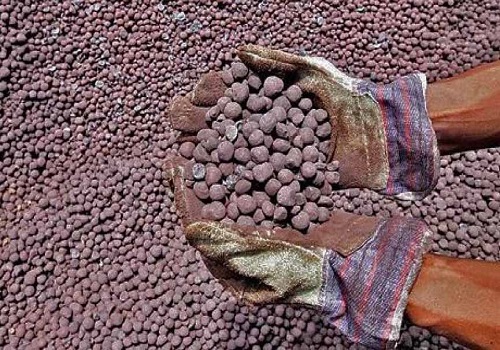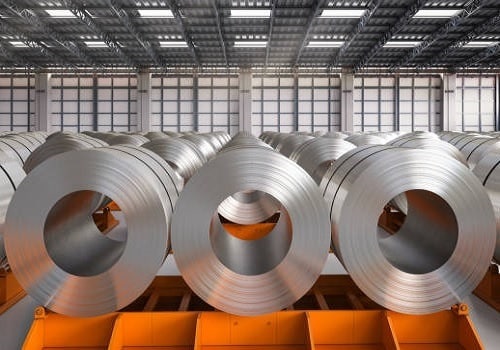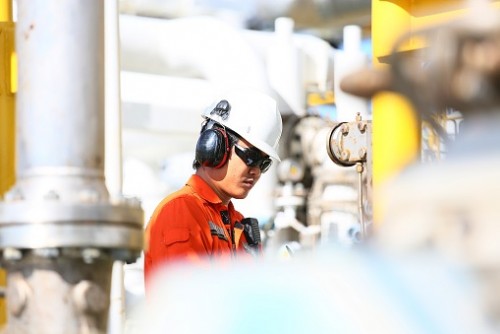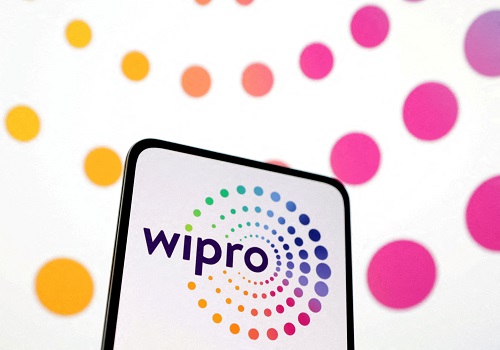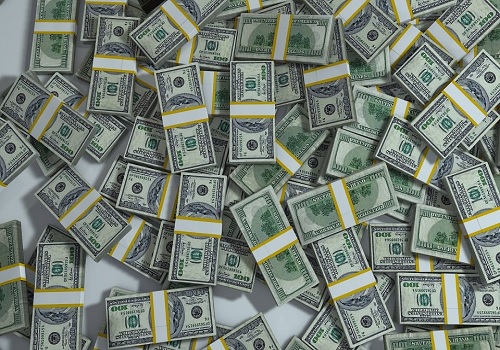India`s Tata Steel CEO says prices to ease in Q2
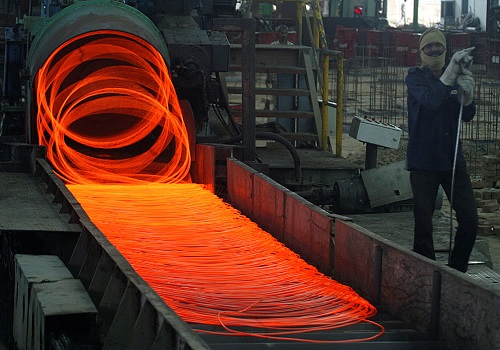
India's Tata Steel Ltd expects lower steel prices in the July-September quarter in India and Europe, aided by a fall in the prices of coking coal, a key raw material, its chief executive and managing director said on Tuesday.
"In India, the Q2 (July-September) realisation will be about 3,000-3,100 rupees per tonne ($36.65-$37.87) lower than Q1 (April-June)," T.V. Narendran told Reuters in an interview, adding that prices in Europe would be 38 pounds per tonne lower in July-September.
The company, backed by India's Tata Group, sees Indian steel industry prices in line with prices globally and not impacted by aggressive imports, Narendran said.
China remained the second-biggest steel exporter to India in the April-June quarter, selling 0.4 million tonnes of the alloy, up 58% from the same period a year earlier.
Narendran said Chinese exports to India were "not yet a big threat."
However, economic performance in China and India would likely steer prices during October-December, he added.
On Monday, Tata Steel reported a staggering 92% slump in first-quarter profit, hurt by lower alloy prices and expenses related to a pension scheme in Britain.
The company has been in talks with the UK government to seek support for its transition to the so-called "green steel" - produced without the use of heavily polluting fossil fuels such as coal in the melting process - as some of its downstream assets are nearing the end of their cycle.
However, its troubled UK operations did not impact the overall business much, Narendran said.
"There is an urgency in our conversation with the (UK) government. The government understands that," he added.
The steelmaker is also in talks with its supplier BHP Group to explore decarbonisation projects, he said.
Tata Steel expects an overall improvement in its balance sheet during the rest of the year due to improved margins and cash flow, among others, Narendran added.
